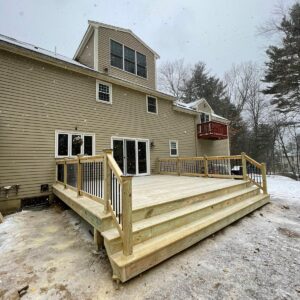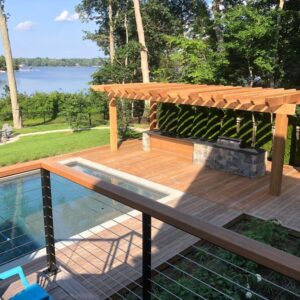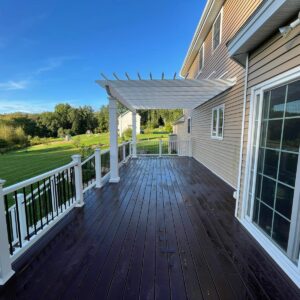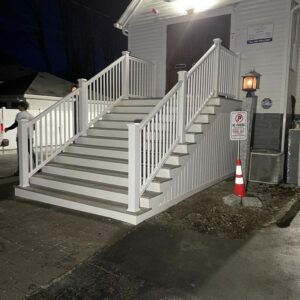Building a deck is a fantastic way to expand your living space and enhance your outdoor experience. One of the critical decisions you’ll make when designing your deck is choosing the right flooring material. With numerous options available, each with its own set of benefits and drawbacks, it’s essential to understand the characteristics of each material to make an informed decision. Here’s a detailed look at some popular deck floor materials:




When choosing a deck floor material, consider factors such as your budget, maintenance preferences, aesthetic desires, and the climate in your area. Each material offers unique benefits and potential drawbacks, so weighing these aspects carefully will help you select the best option for your outdoor space. With the right material, your deck can become a beautiful, functional extension of your home that you’ll enjoy for years to come.